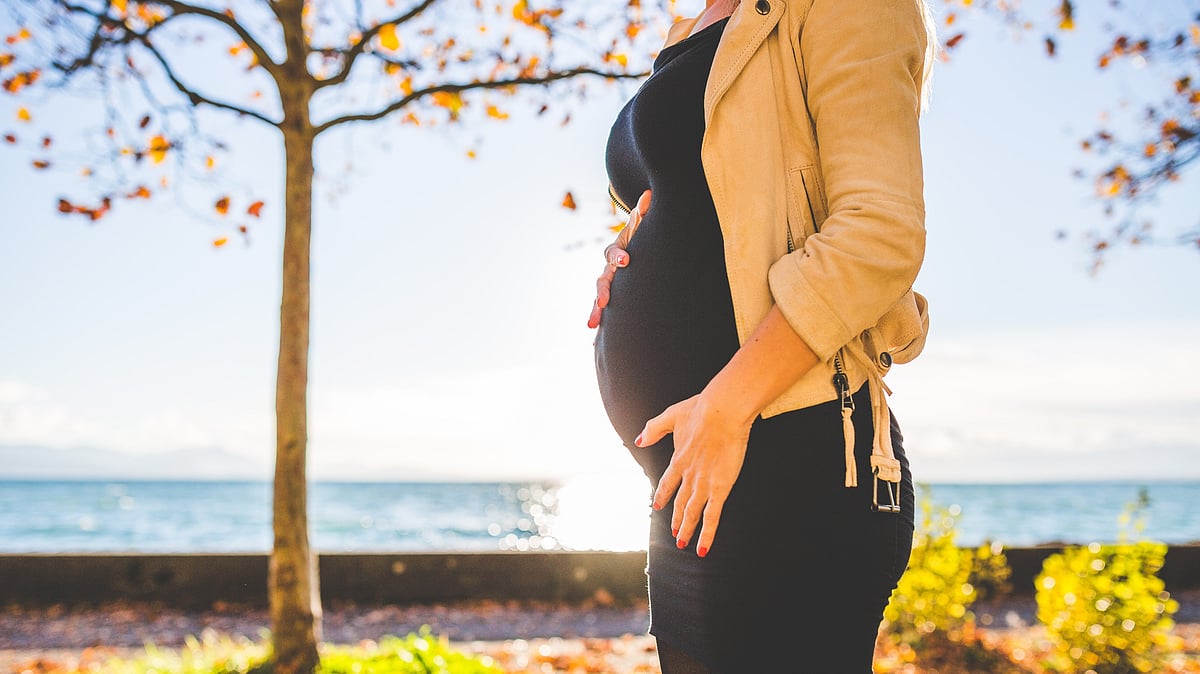In the land of Mahatma Gandhi, we have yet to learn that violence breeds violence. A tremendous body of research on the impact of corporal punishment on children establishes that it takes a terrible emotional toll, apart from creating a new generation of abusers. The everyday brutality, physical and verbal, visited on schoolchildren make a joke of the term ‘carefree childhood’.
Earlier this week, a video clip from Aligarh, of a tuition teacher beating his seven-year-old student with a shoe, did the rounds of social media. Last month, an eight-year-old student of a private school in Banda died, allegedly because he had been assaulted by a teacher. In Pune in the same month, an 11-year-old suffered temporary facial paralysis after his teacher slapped him.
A google search reveals that the cases reported in 2018 alone are legion: in January, a Class I student died in a Ghaziabad school; in February, a six-year-old died in Purulia (West Bengal) and a Class IV student in Ballia (UP). In the same month, a Hyderabad teacher was caught on camera, beating students for non-payment of fees. The deaths had minimal impact — in August, teachers in Telengana, Rajasthan and Delhi were booked for beating students. In October, a 13-year-old was brutalised by his teacher in Pune.
In this context, a recent study by the NGO, Agrasar, on violence against school-going children from marginalised communities in Gurugram (National Capital Region) is important. It throws up horrifying data. Four of every five children said they were routinely beaten up by their teachers, several times a week. In some cases, the physical absuse involved punching the child, or banging his head against a wall. Verbal abuse, like taunting the child for coming from a disadvantaged background, was also common.
To make matters worse, parents usually sided with the teachers. Only 12 per cent of the children interviewed said they confided in their parents about the teachers’ violent behaviour, for fear of attracting further punishment. Parents take up cudgels against the school only in extreme cases, when the child suffers permanent impairment, or dies, at the hands of the authorities.
The legal ban on corporal punishment and mental harassment in schools may as well not exist. Corporal punishment is endemic in schools and homes, with the result that children internalise it, as an acceptable form of social behaviour. Small wonder violence seems to have ‘gone viral’, with students beating students, teachers beating students and students beating teachers. How else can we explain the increasing involvement of juveniles in heinous crimes?
The scale of the malaise can be judged from the fact that even the top schools in the country, which charge fees running into several lakh a year, are not guiltless. Verbal abuse and humiliation of children is common and mandatory counselling is cursory. Clearly, wider research is needed to assess the magnitude of the problem, the reasons behind it and possible solutions.
Our perspective on children, as a society, is flawed. Neither the authority figures in schools, nor care-givers at home, view children as distinct individuals entitled to basic human rights and dignity. They are either not aware of or disinclined to practice non-violent forms of disciplining children. As Isaac Asimov famously said, “Violence is the last refuge of the incompetent.”
Some child activists speculate that erring teachers and parents often take out their own frustrations on children, who are — at least until they become teenagers — utterly helpless. Dependent on adults not only for material necessities but emotional comfort and validation, they are easy prey for baser instincts. The United Nations Convention on the Rights of the Child recognises this fact but India, despite being a signatory, has yet to do so.
Age, gender, social class and the parents’ degree of education are key determinants of the quantum and degree of violence a child faces in school. Younger children are more likely to face physical abuse, while children of all ages are subjected to verbal violence. Girls may suffer less corporal punishment but are more likely to be humiliated and attract sexist forms of victimisation. Poor and illiterate parents are less likely to kick up a fuss if their child is chastised and more likely to blame the victim.
As for corporal punishment at home, the subject is so touchy and complex that no one wants to address it. Research has shown that children subjected to frequent violence suffer in terms of intelligence, socialisation and emotional development. Sweden was the first country to ban all forms of corporal punishment in schools and at home in 1979 and the success of that experiment led more than 50 countries in Europe and elsewhere to follow suit.
Nepal, as of November, 2018, has not merely banned but criminalised corporal punishment of children in schools and homes through the new Children’s Act. It became the first country in South Asia and 54th worldwide to do so. Our neighbour has recognised what we turn away from: the fact that children need to feel safe in the spaces where they grow up.
Bhavdeep Kang is a senior journalist with 35 years of experience in working with major newspapers and magazines. She is now an independent writer and author.









